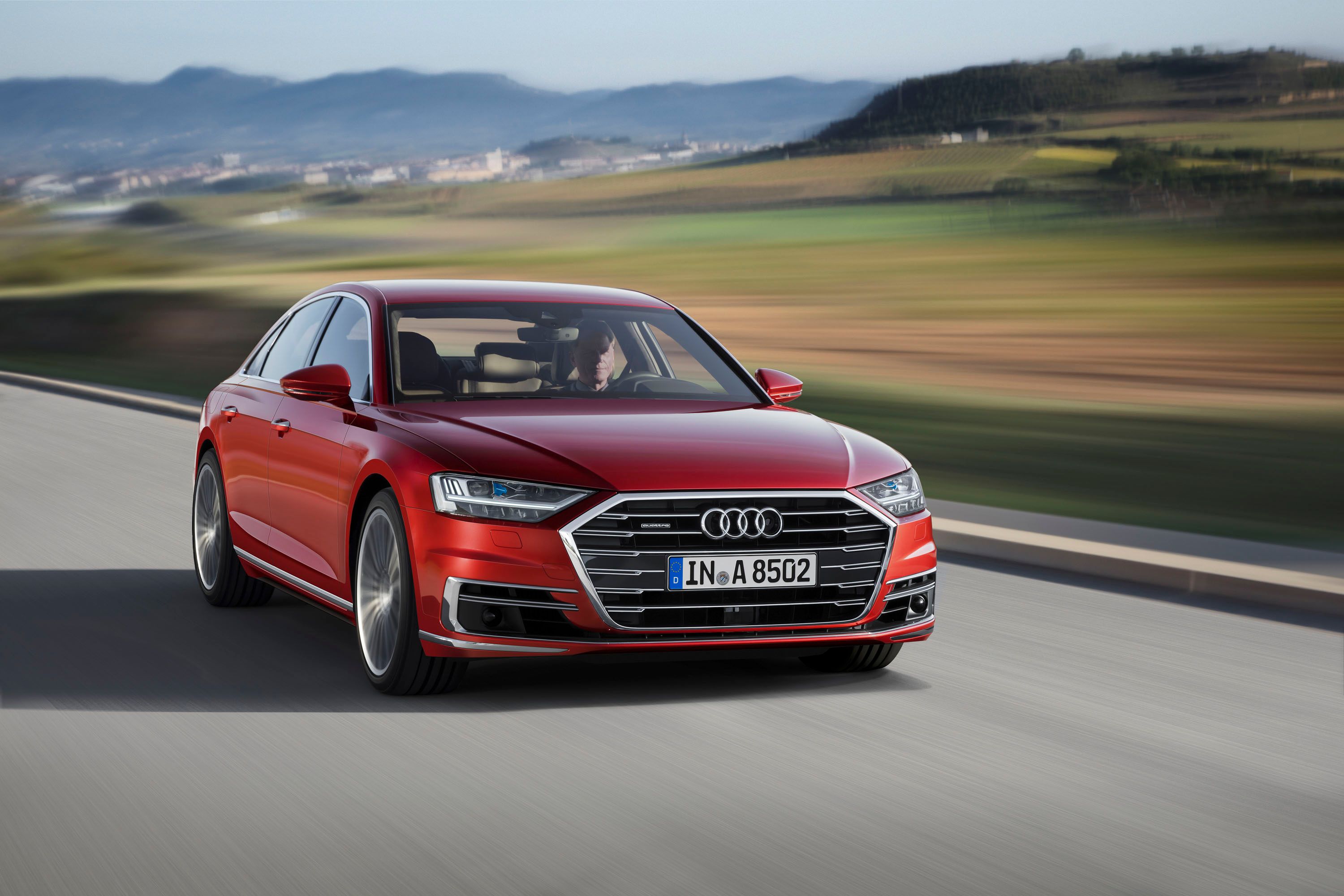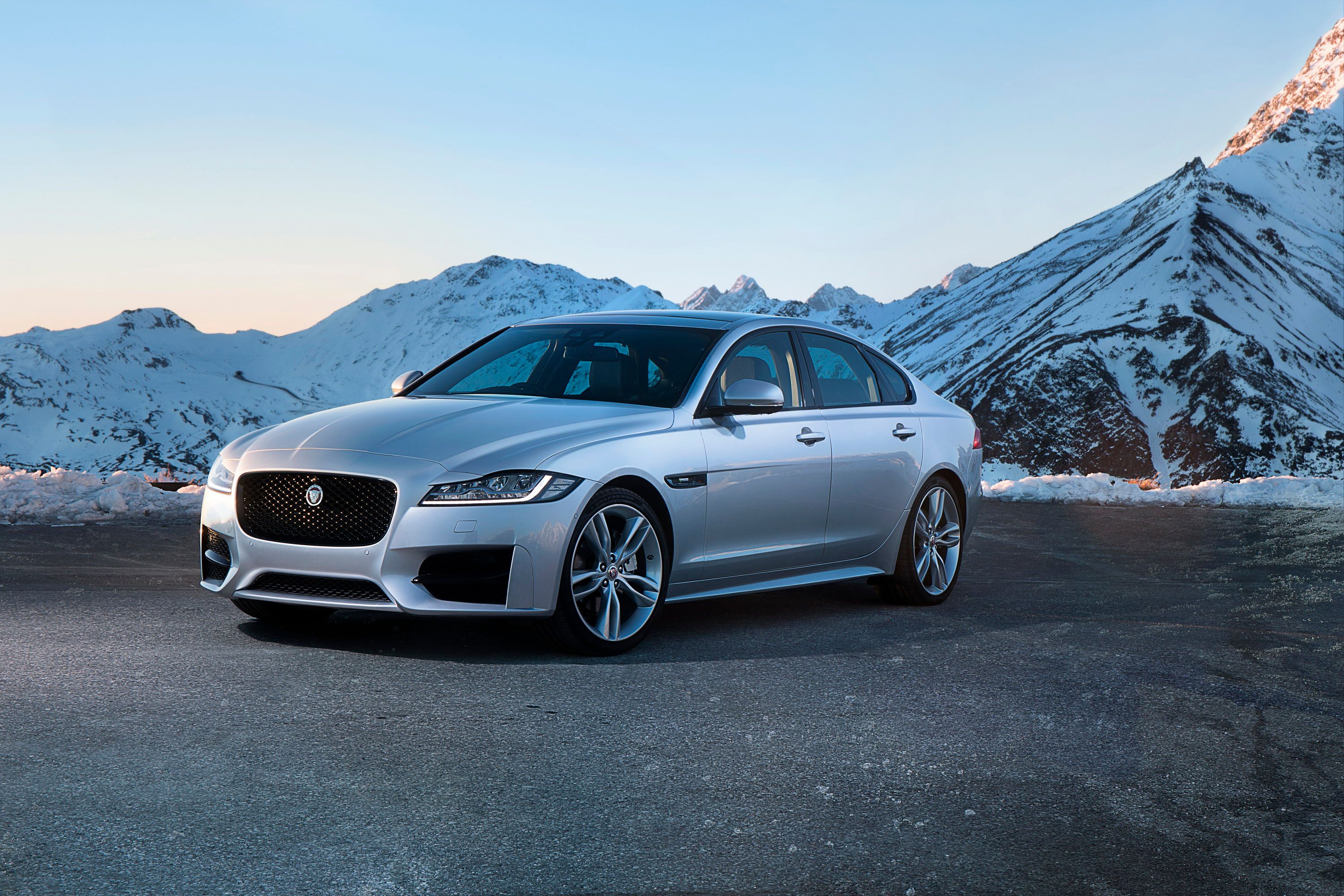In case you thought significant innovation among luxury automakers is dead, and that everybody is copying what everybody else is doing, you are actually wrong. Plenty of innovations have popped up in different luxury cars over the last few years, some of which are just cool and amusing, while others are genuinely useful and make your life easier.
We do expect the manufacturers of the most prestigious and advanced cars in the world to come up with these new ideas that eventually trickle down into lower tier cars, so let’s see a roundup of ten cool cars and the interesting features they debuted.
Aston Martin Rapide - Transponder Watch
The Aston Martin Rapide was revealed as the four-door version of the DB9 coupe and while it was never going to trouble the Mercedes S-Class, it certainly was a unique presence in the four-door luxury car segment. Nothing else could ever match its style, the impeccable sound of its V-12 and the sporty yet relaxed driving experience that it provided. Sure, it wasn’t the ideal limo to carry people in the back of, but once you squeezed yourself through its relatively small rear door openings, there was actually fairly decent room inside. Again, not anything to trouble an S-Class, but decent.
One feature the S-Class never had, though, was a key fob built into an expensive hand-made watch.
Read our full review on the 2018 Aston Martin Rapide.
Mercedes Maybach - Granite trim
Mercedes cars are known for their sturdy build and use of high-quality materials that not only feel posh but are also hard wearing. And they don’t get any more hard wearing than the granite trim that Mercedes offered on the old Maybach 57S and 62S. The exact material used is called Black Galaxy (also known as Star Granite) and through its use, Mercedes wanted you to view their Maybach cars as “exquisitely beautiful and valuable masterpieces that combine sophisticated technology and exotic materials with a close-to experience of nature, which addresses all the senses, and take their owners far away from the conventional.”
Read our full review on the 2011 Maybach 57 and 62.
Porsche Panamera - $24,000 more on leather
Back in 2014, Porsche offered its Panamera sedan with a choice of extra leather bits that added a whopping additional $24,000 to its price tag. First, they asked for $1,610 in order to step up the seat upholstery from faux to real leather, then if you wanted the Porsche crest on the headrests, that was another $570. Meanwhile, if you wanted leather to cover the center stack, the top of the dash, and the lower part of the door panels, that was another $2,475.
But wait, there is more. Having the sun visors clad in leather added another $740, the luggage compartment cover a further $845 and the personalized (etched) floor mats another $645. No, we’re not done yet and we saved the best for last - you could even opt to have the air vents for the climate control clad in leather for $2,505; this not only means the vent surround is upholstered, but also each individual air-directing slat is also covered in cow.
Read our full review on the 2014 Porsche Panamera.
Rolls Royce Phantom - Starlight roof
If Rolls Royce wants to keep being perceived as the height of automotive luxury, then it needs to offer features on its cars that none of its competitors do. They don’t have to be useful features, just flashy, fancy ones that will make the occupants inside feel special. And what better way to make people feel special inside a car than to have a headliner that lights up and looks like the starry night sky. Useless? Absolutely, but also kind of cool and we’re totally not judging anybody who has specced this feature on their Roller.
Read our full review on the 2019 Rolls Royce Phantom.
BMW 7-Series - techno powerhouse, move car from key
BMW’s 7-Series has never been quite up to the level of its Mercedes counterpart, the S-Class. The S-Class usually proved to be better built, more comfortable, and a showcase of unique gadgets and features that no other rival (BMW included) could match. However, the most recent G11/G12 7-Series did, at launch, overtake the S-Class in terms of onboard tech and features. Firstly, it had some carbon fiber-reinforced plastic (CFRP) in its structure, its front grille had active shutters to aid efficiency and only let air through when extra cooling was required, while inside it had gesture control, self parking capability and, last but not least, a smart key that could move the car without the driver being in it.
Now this tech has trickled down to other BMWs, but back when this generation of 7-Series debuted, it was the only one to offer it.
Read our full review on the 2020 BMW 7-Series
Mercedes CLS - four-door coupe
The idea of a four-door coupe is fairly new, and it was introduced by the original Mercedes CLS back in 2004. The first generation was built until 2010 when it was replaced by a second-gen model that adopted a totally new style, all while retaining the essential dramatic chopped, sloping roof that was the model’s trademark. That car was built until 2018, and now the latest Mercedes CLS has returned to its original styling roots, with a much smoother and less edgy design that really suits the car well. All these cars are significant because they set the trend for what a four-door coupe has to be like.
Read our full review on the 2019 Mercedes-Benz CLS.
Jaguar XF - rotary gear selector and powered air vents
The first generation XF was a revolutionary model for Jaguar. It was a sign that the company was ditching its super traditionalist approach to making cars and that it had its sights firmly set on the future. The car was a radical departure from the S-Type it replaced, with sharp design, both inside and out, and even better driving dynamics (although that had not really been an issue as all Jags from the 2000s were great handling things). So to emphasize this newfound focus on modernity, Jaguar decided to do something special inside the car, a feature that would make the driver feel super special when starting up the car.
Read our full review on the 2018 Jaguar XF.
Tesla Model S - it’s electric!
What Tesla achieved in bringing the Model S to market cannot be underestimated. It is a feat that few thought possible and even after the car officially debuted in June of 2012 and was quickly winning praise, critics were still trying to chip away at its credibility.
That’s why you see them in increasing numbers all across the world’s major cities and if Tesla will keep making them, people will still keep buying them. It’s really truly amazing how a brand new manufacturer has been able to make such a name for itself in such a short time span, and most of that prestige is owed to the many qualities of the Model S.
Read our full review on the 2018 Tesla Model S.
2019 Audi A8 - clever active suspension
Just like BMW and its 7-Series, Audi’s A8, while always competitive and packed with cool features, it was never really able to dethrone the mighty Mercedes S-Class from the top of the luxury sedan pyramid. Well, at least until the most recent A8 was launched, in 2018. The all-new A8 does all the luxury car parts right - it rides well, it superbly insulates occupants from outside noise and it looks quite stately as it drives by. Sure, it’s not the most opulent looking big flagship sedan, but the more you look at it the more you spot subtle and tasteful design touches. For me the coolest and most important feature it possesses is the predictive active suspension that.
It also does its best to cull pitch under braking or hard acceleration and roll while cornering, but its main party trick is the fact that when it detects an imminent side impact, the car actually raises that side in the air in order for the vehicle that’s about to crash into it to hit the lower sill of the door, a part that is heavily reinforced and designed to take the brunt of the impact. No other car currently has this and it has to be one of the more spectacular features fitted to any car at any price; plus it should be useful too.
Read our full review on the 2019 Audi A8.
Koenigsegg Regera - self-closing doors and self-closing everything!
Koenigsegg makes some of the most desirable cars on the planet. Each Koenigsegg is a work of art that also happens to be able to hit 400 km/h, but all the manufacturer’s offerings had one problem - they were a bit too hardcore for those not willing to put up with the harshness of having to live with a hypercar. That’s why in 2017, the Swedish manufacturer revealed the Regera plug-in hybrid, a car with several technical innovations and also the first Koenigsegg conceived as a more comfortable and easier to live with grand tourer. Its powertrain is very interesting in the way it marries an 1,100 horsepower 5.0-liter V8 with an electric motor and their combined output is 1,500 horsepower. Oh, and the car has no gears - it literally starts in the equivalent of seventh gear and relies on a clever type of torque converter developed in house and the plentiful torque from the electric booster motor to help it accelerate at lower speeds.
Yet while this may be interesting for car bores such as myself, what other people are going to notice about the Regera is how cool you’re going to look stepping out of it.
Read our full review on the 2017 Koenigsegg Regera


